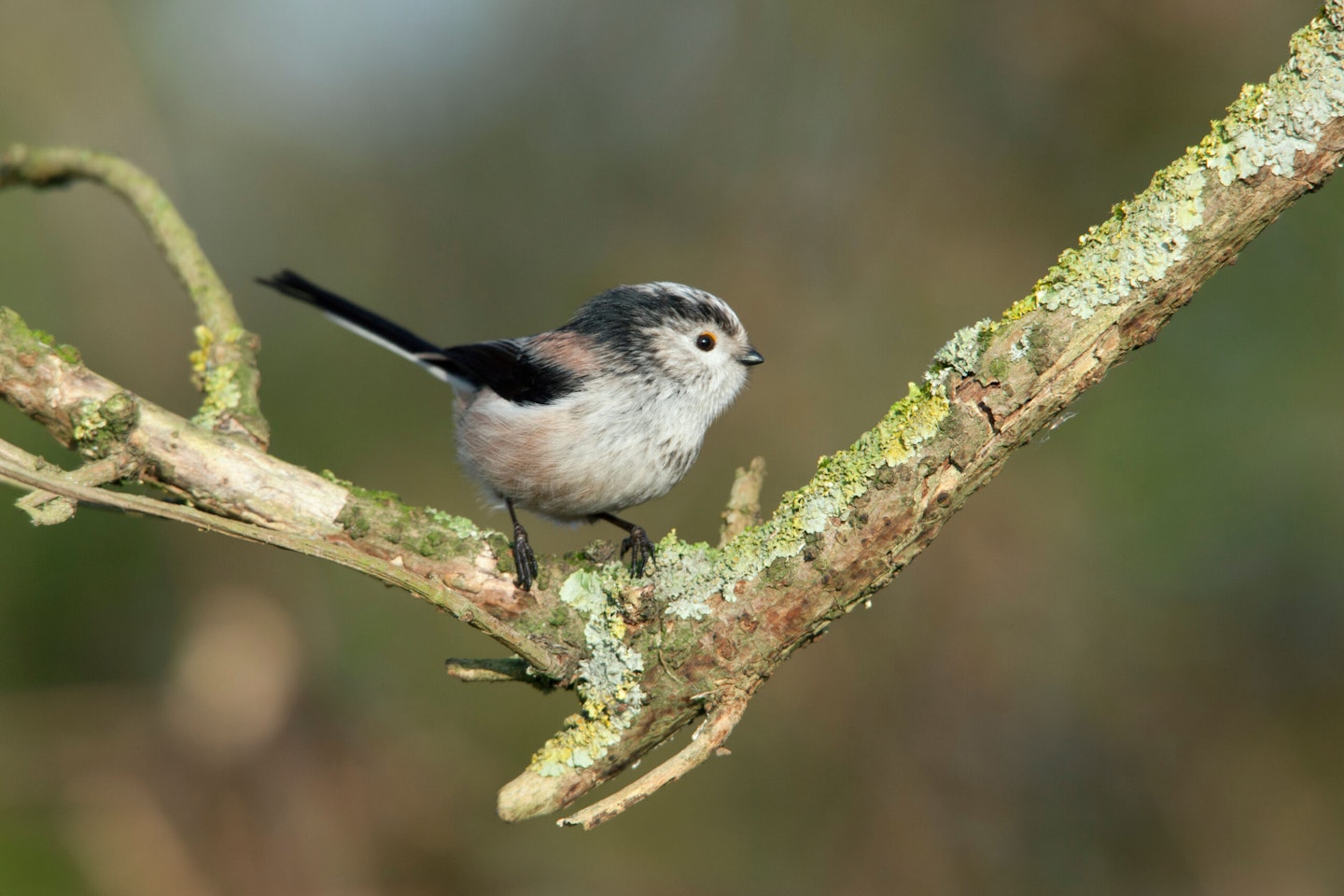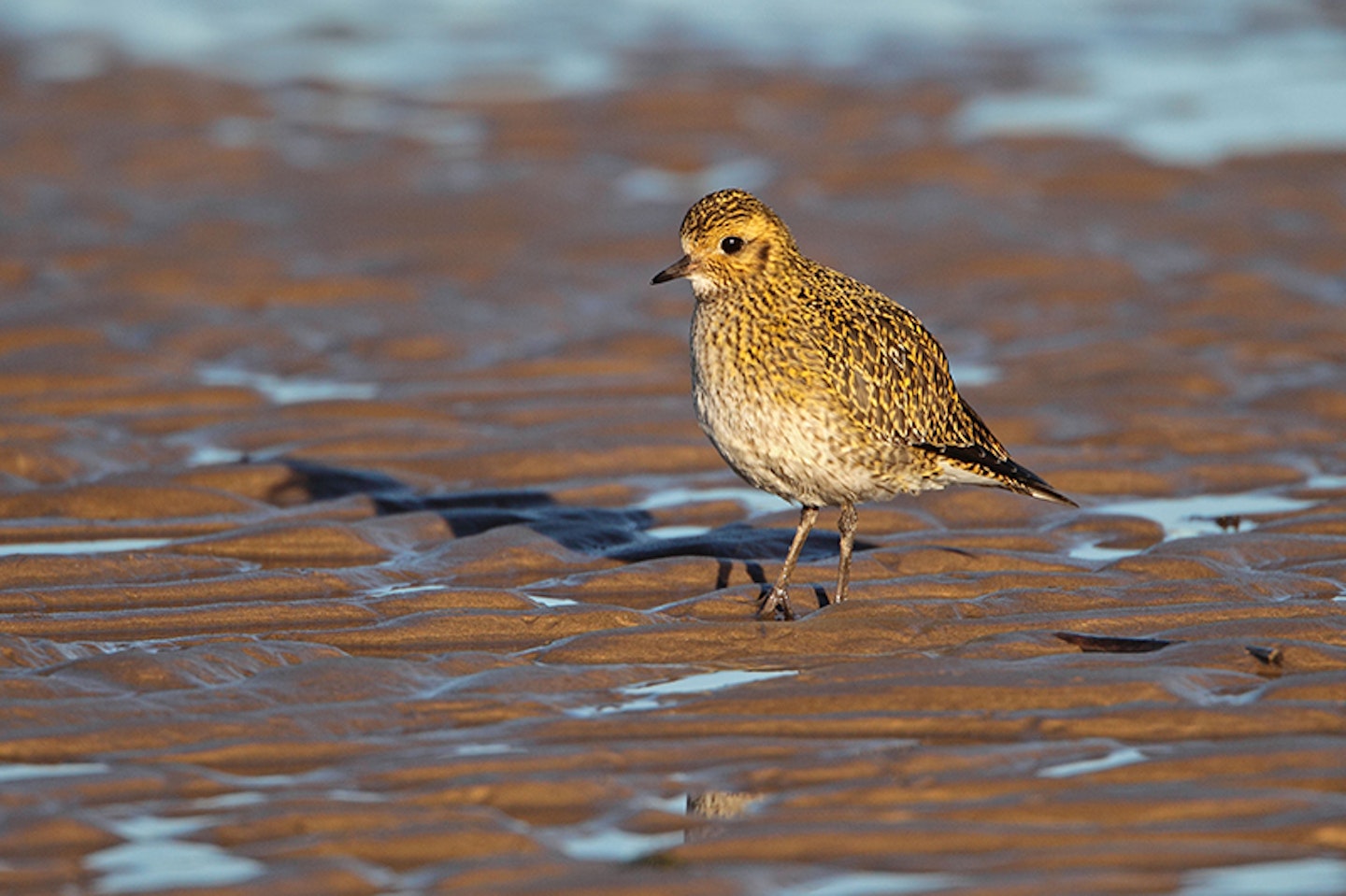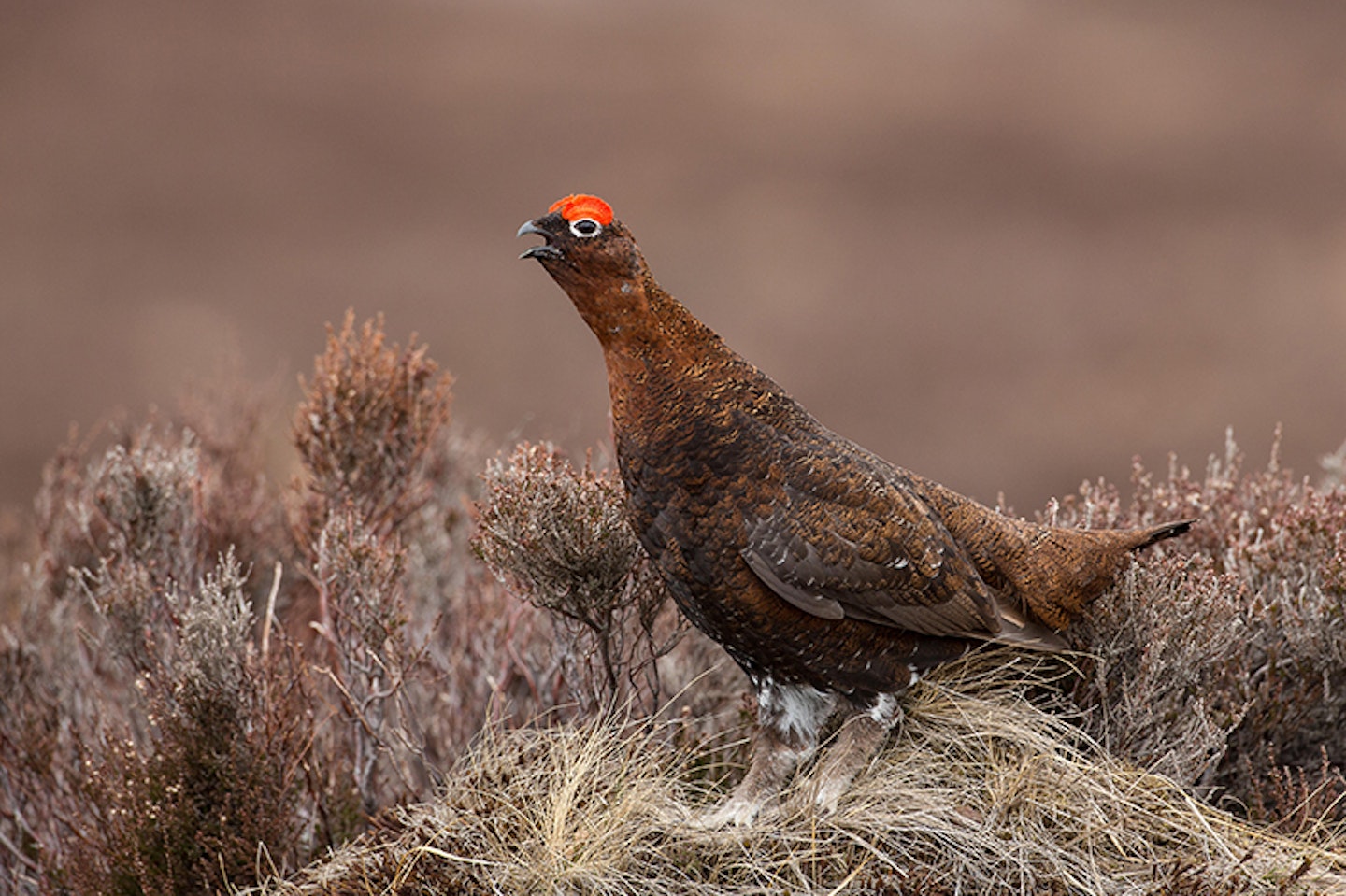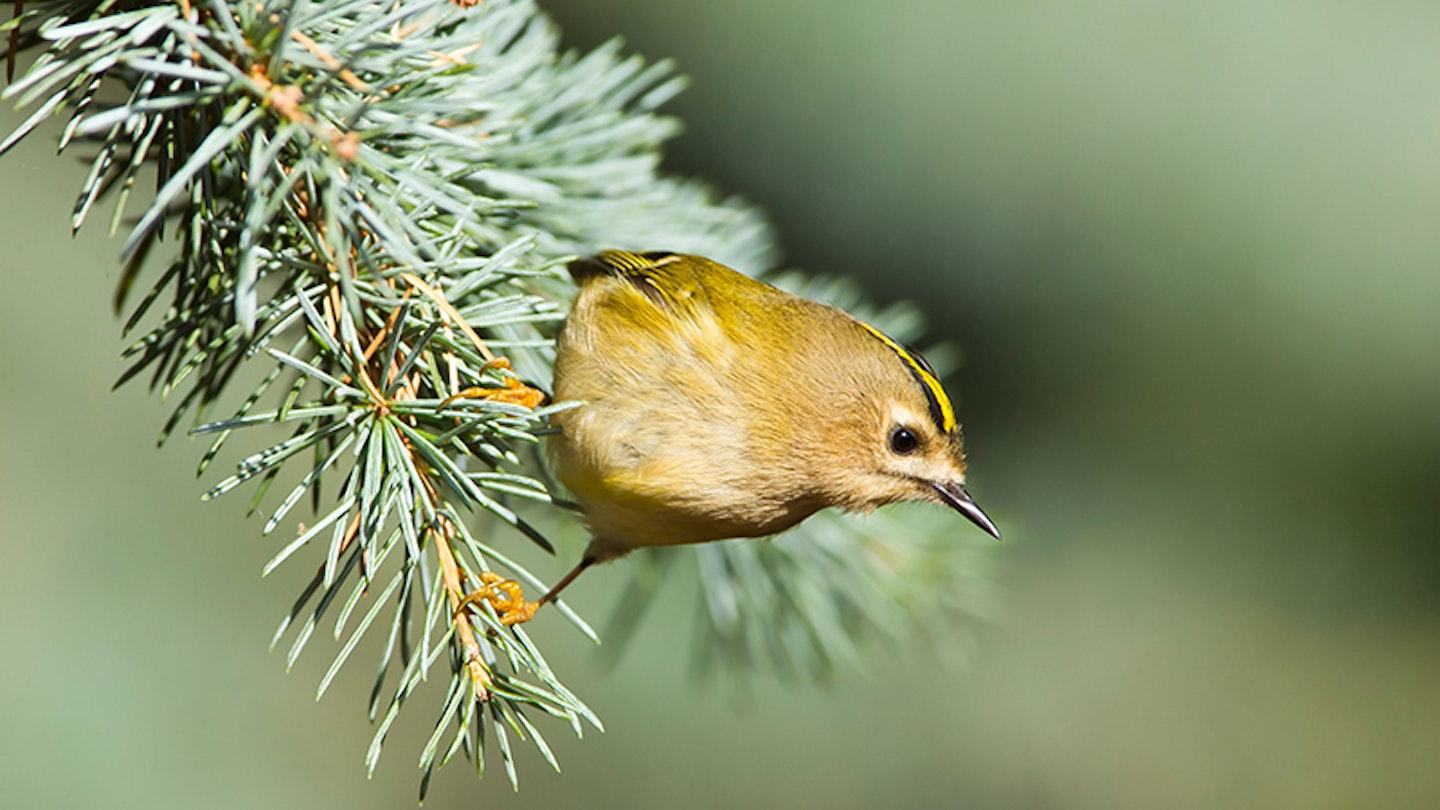Just because October has come to an end, it doesn’t mean that birding needs to wind down for the year. There are still plenty of great birds around and some surprises round the corner. Here are some cracking birds to see this month.

Goldcrest
Ask any non-birdwatcher what is the smallest British bird and they will confidently tell you it is the Wren. When you gently inform them it is actually the Goldcrest, they invariably tell you that Goldcrests are too rare to count. But with more than 600,000 pairs in the UK (equating to easily more than a million individuals), these tiddlers are actually common birds. But, whereas Wrens betray their presence by angrily shouting from all around, Goldcrests are less obtrusive, with a very high-pitched ‘see-see-see’ call requiring a full frequency range of hearing (usually the preserve of the young). And those calls are usually delivered from a conifer, which is not the most ubiquitous habitat. Goldcrests do occur in mixed and deciduous woodland, too, and may join roving tit flocks. Expect a tiny, dull green bird without any eyestripe or supercilium (pale ‘eyebrow’); but don’t necessarily expect to see the gold crown stripe.

Long-tailed Tit
If they were to lose their tails, Long-tailed tits would be just about Goldcrest-small. These pom-poms on sticks are among our cutest birds, a point emphasised by their tiny bills which look like they couldn’t hurt a fly (though ironically, tiny invertebrates are what these birds mainly eat). Delightful in black white and pink, Long-tailed Tits are usually seen at this time of year travelling in extended ‘family’ parties or in mixed tit flocks. If you are very lucky, you may even encounter one of the northern continental birds of the white-headed subspecies caudatus, which is a rare visitor.

Golden Plover
There are a handful of species which breed in moorland (usually in the north and west of the country), and move to lowland areas for the winter. The Golden Plover is one of these. In fact nearly half a million of these beautiful waders spread out over the UK in the winter. Many head for the coastal marshes, but a large number choose inland sites as feeding areas, spreading out over agricultural fields (often with Lapwings), to feed somewhat in the manner of winter thrushes (but not when they feed in berry bushes!). Like other plovers (and those thrushes) they stand still to look for signs of invertebrate prey, before a quick dash to pounce or to stop and look again. Flocks can be many thousand strong, and the swirling flocks of golden and white plovers make one of the great spectacles of the cold months.

Red-throated Diver
All divers are special birds. For flying birds (ie not penguins!) they have taken evolution of the diving fish eating form pretty much to the extreme. So, the short legs and webbed feet are so far back on the body, the birds can barely move themselves on dry land; and the streamlining of the body includes what appears to be super-smooth feathering. They are exquisite in breeding plumage, but also great to watch even in the toned-down ‘black and white’ plumage of winter. The slim, elegant Red-throated Diver is the most numerous of these beauties, with some 17,000 individuals spread around the coasts of the UK. They have a fine, pointed bill, held slightly tilted up when swimming (like a Cormorant)and more white in the face (including above the eye) and on the neck sides than Black-throated and Great Northern Divers.

Red Grouse
Many of us were brought up in the belief that the Red Grouse was the one truly British endemic bird. But our national pride was then dampened by hearing that it was regarded as a ‘mere subspecies’ of the widespread Willow Grouse, albeit ne which doesn’t turn white in the winter. (The single endemic species award was then given to the Scottish Crossbill, a bird which can’t be identified with full confidence in the field, and may be a subspecies of the Parrot Crossbill itself!). Whatever its taxonomic status, the uniquely British and Irish Red Gorse is a wonderful bird, a moorland classic which even has the good manners to advise you to leave its vicinity in English, with a suitably angry, shouted ‘go-back go-back go-backabackabackaback!’. Males are deep red-brown (sometimes looking almost black, so beware of confusion with Black Grouse) and females the precise colour of their heathery habitat.
